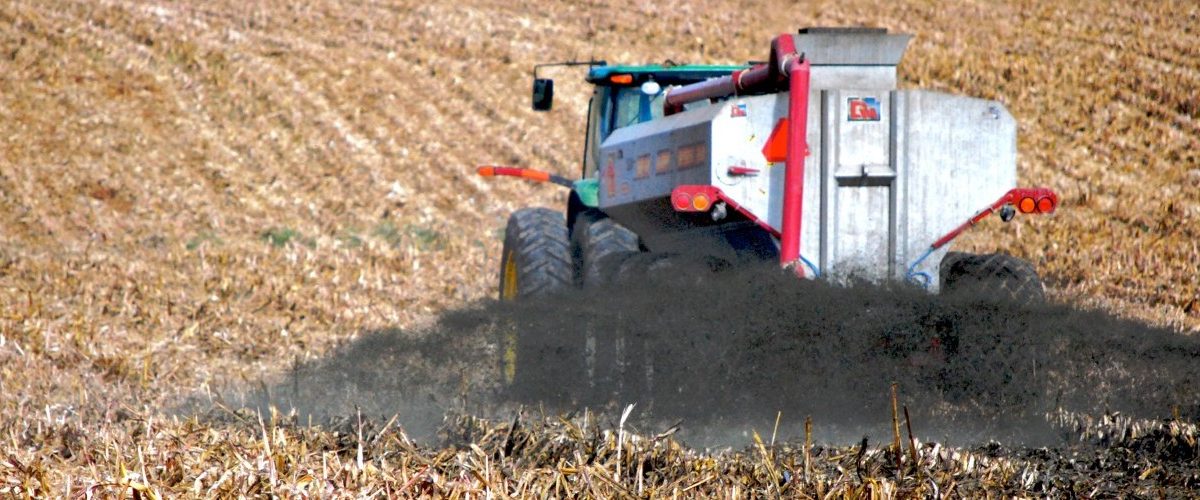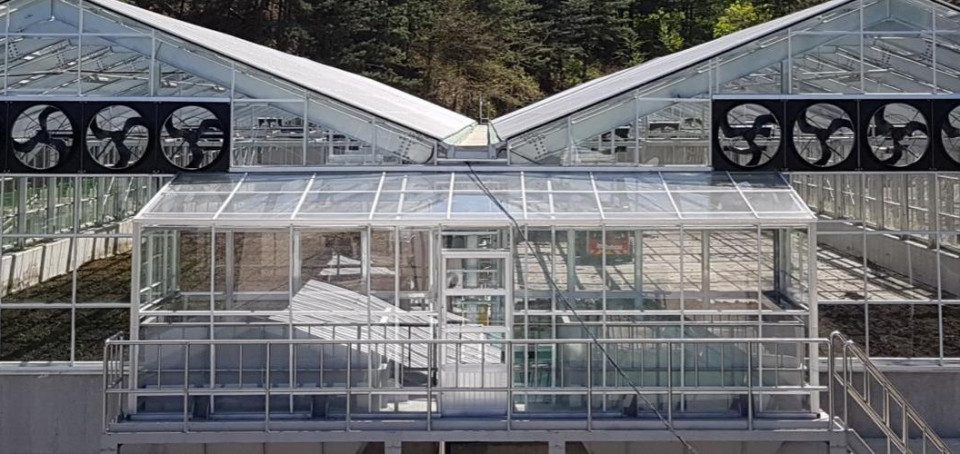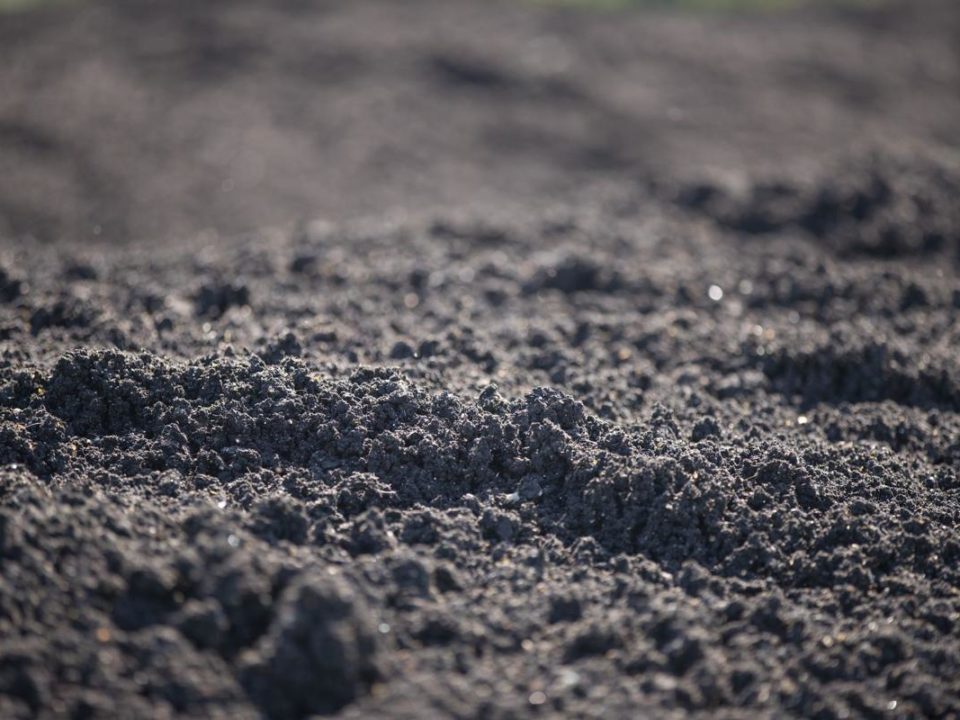Does UK get better Agri-outputs from Shit ? Yes!

Unique Concept: Germany’s landmark Net 0 Disposal of Sludge
July 17, 2020Are we shitting gold ? Maybe. It is a complicated answer to a what seems to be straight forward question. Sewage sludge has long been used as a fertilizer in the fields around the world to increase crop yield and substitute it for various chemical fertilizers. However, there is also growing concerns in the Industry regarding the ill-health effects of many harmful and hazardous chemicals being washed up and absorbed by the soil through this sludge. This is not deterring this recycling channel from growing. It is reasonable to understand that political climates and local economic situations play a huge role in development of policies and markets. Today, we focus on the UK model of Biosolids disposal which focuses largely on land applications with the largest share by country in this channel.In the UK since the 80’s, sludge disposal through landfilling has plummeted to near 0 levels, keeping in mind the health and env risks. Contrastingly, agricultural use of sewage sludge has always been a popular option in the UK, it has always been directly proportional to the total sludge production metric. Today 80% of the total sludge generated in the UK is subjected to agricultural use. From being a highly fragmented industry, after the Water Industry Act, 1991, 10 private water and sewerage companies (WASC’s) were tasked with sewage treatment and sludge disposal and agricultural use has since been the go-to for sludge disposal in the UK.
Similarly, in 1989, favourable conditions in the Sludge for Agriculture Regulations meant that disposing sewage sludge for agricultural use was convenient, and the WASC’s therefore started adopting the practice. DEFRA’s study between 2003-2006 states that whenever sludge with low metal concentrations was subjected to agricultural use, two metrics increased: 1) soil respiration rate and 2) soil microbial biomass. All these 3 developments mean that governmental support (DEFRA, Sludge Handling Rules) and privatisation led to the widespread agricultural use of sludge in the UK.

Uk Sludge Recycling Channels
Lets talk numbers!
Around 3.6 million tonnes per annum (or 170,000 truckloads) of biosolids are recycled to agricultural land in the UK. This is applied to about 150,000 hectares per annum, or 1.3% of the UK’s agricultural land.
The financial value to UK agriculture of nutrients in biosolids is around £25 million per annum (Value from 2010) – mainly as phosphate and nitrogen as well as sulphur, potash and magnesium. There is a strong demand from farmers as it is worth about £170 per hectare in nutrients alone.
The practice is controlled and monitored very closely with all stakeholders playing an important park to ensure no biosolid is used in an adverse way or cause any harm to the environment or the people. Some samples can be seen at the UK Gov website under their Code of practice and them providing simple tools for analysis like the Safe Sludge matrixfor the stakeholders.
Good vs Bad
The clear advantages are no landfilling, reduced dependency on chemical fertilizers which in turn causes several other indirect benefits like healthier soil, increased revenues for operators, reduced liabilities, helps forestry amongst others when it is done right. The disadvantages of not doing it right are also adverse and long lasting. Soil contamination due to heavy metals can cause the heavy metals to enter into our food chain. Some of them are known human carcinogenic/ lethal. Groundwater contamination is also a significant threat to our limited water resources. When the sludge is used via wrong land applications or in uncontrolled manner, it can cause decrease in yield as well[1]
How do we proceed ?
The evidence is clear, the sludge land application needs to be monitored and controlled extensively. The government is not only providing stringent guidelines for producer’s responsibility related to testing, control, treatment and sales; it has also taken initiatives to educate the buyer along with mandating environmental impact assessments, sustainability reports and so on. The primary reason for this is, sludge carries all the impurities in the wastewater stream in the most concentrated form.
Yes, It does carry a lot of nutrients that are required for the fields carrying a very real monetary value. However, what the agencies are not telling you is that it also carries approximately 80,000 – 100,000 different chemicals being used by us in our daily lives that get carried away in the sludge. This in turn, ends up in our food supply chain and then into our bodies. There was a report published by the US EPA declaring its inability to test out all the chemical compounds present in the sludge and therefore, is not able to produce any conclusive report on the effects of sludge in the long term due to the land application.
Growing concerns amongst scientists and governments show a clearly growing unrest with the use in agriculture but on the flip side we are also seeing increasing use in different parts of the world especially the developing countries. What needs to be understood is that even though, through time PR groups, Industry lobbyists and even governments have pushed for the use of Sludge Biosolids as organic fertilizer and it’s very detailed studies done through various academic and private institutions the channel is a viable route at the moment and until further evaluation concludes otherwise, this channel shall remain open.
What we need to learn from the UK case study is how it can be done well. With very clear guidelines in terms of production and sale/consumption, education and regulation is the sole way to ensure that we do not have land contamination in the form of pollutants entering the soil or groundwater resources. Creation of new markets and promoting circular economies is always ideal and we should focus on more recycling technologies to make our processes safer and products more reliable.




